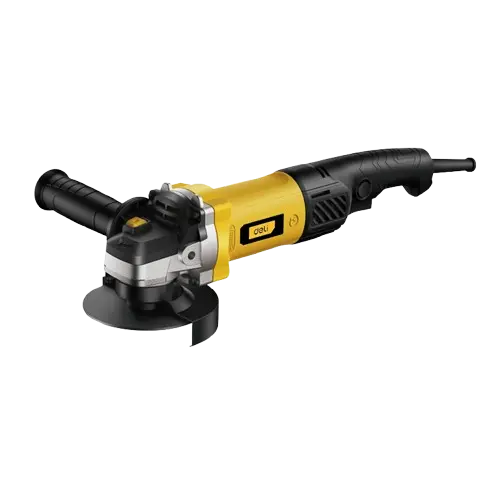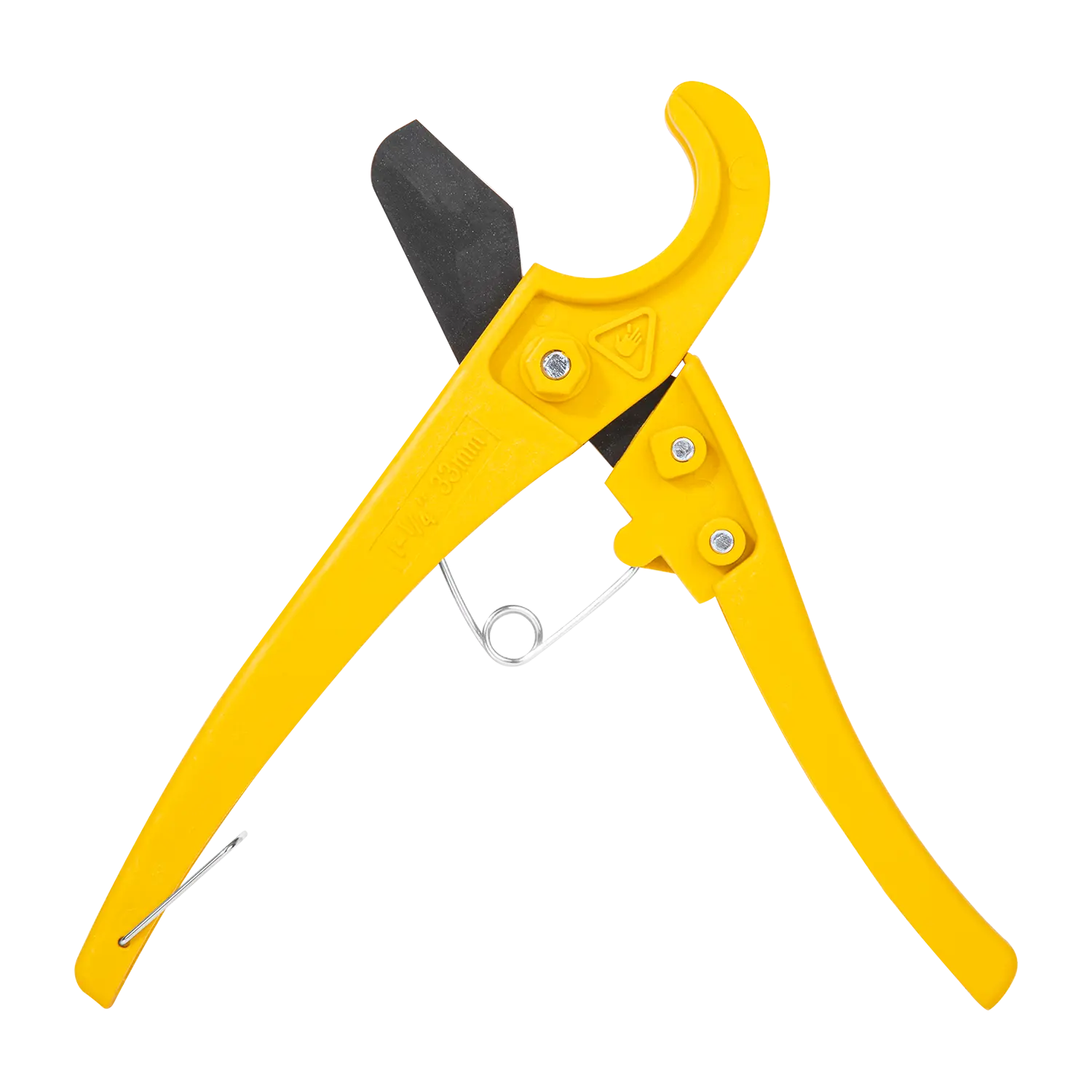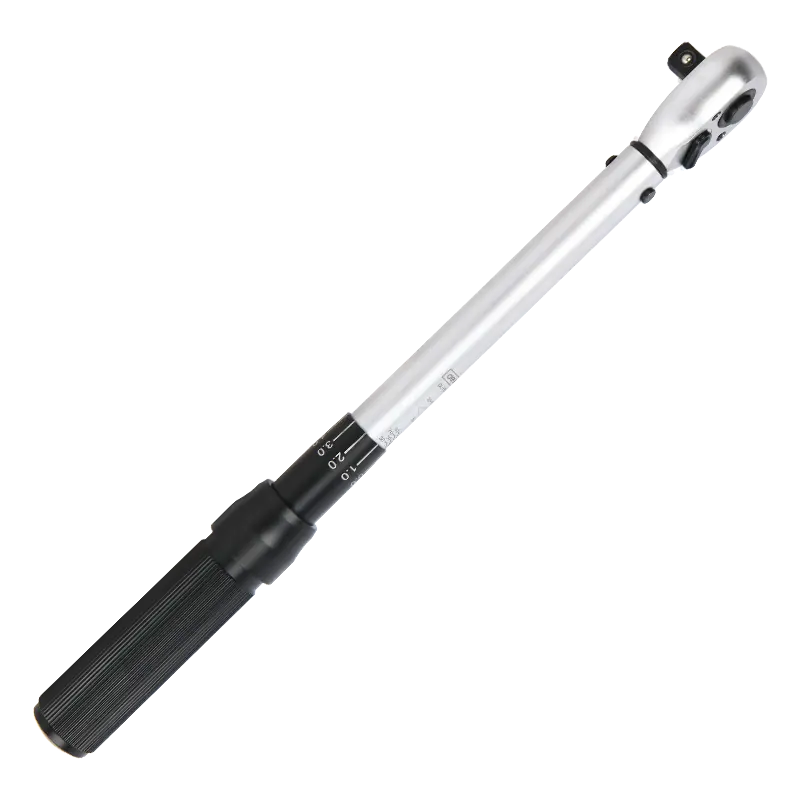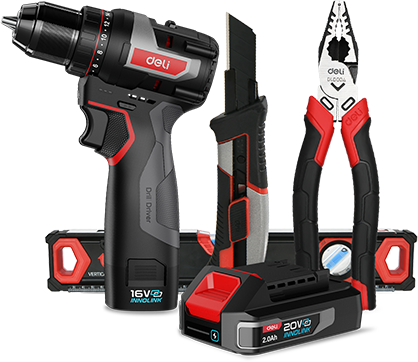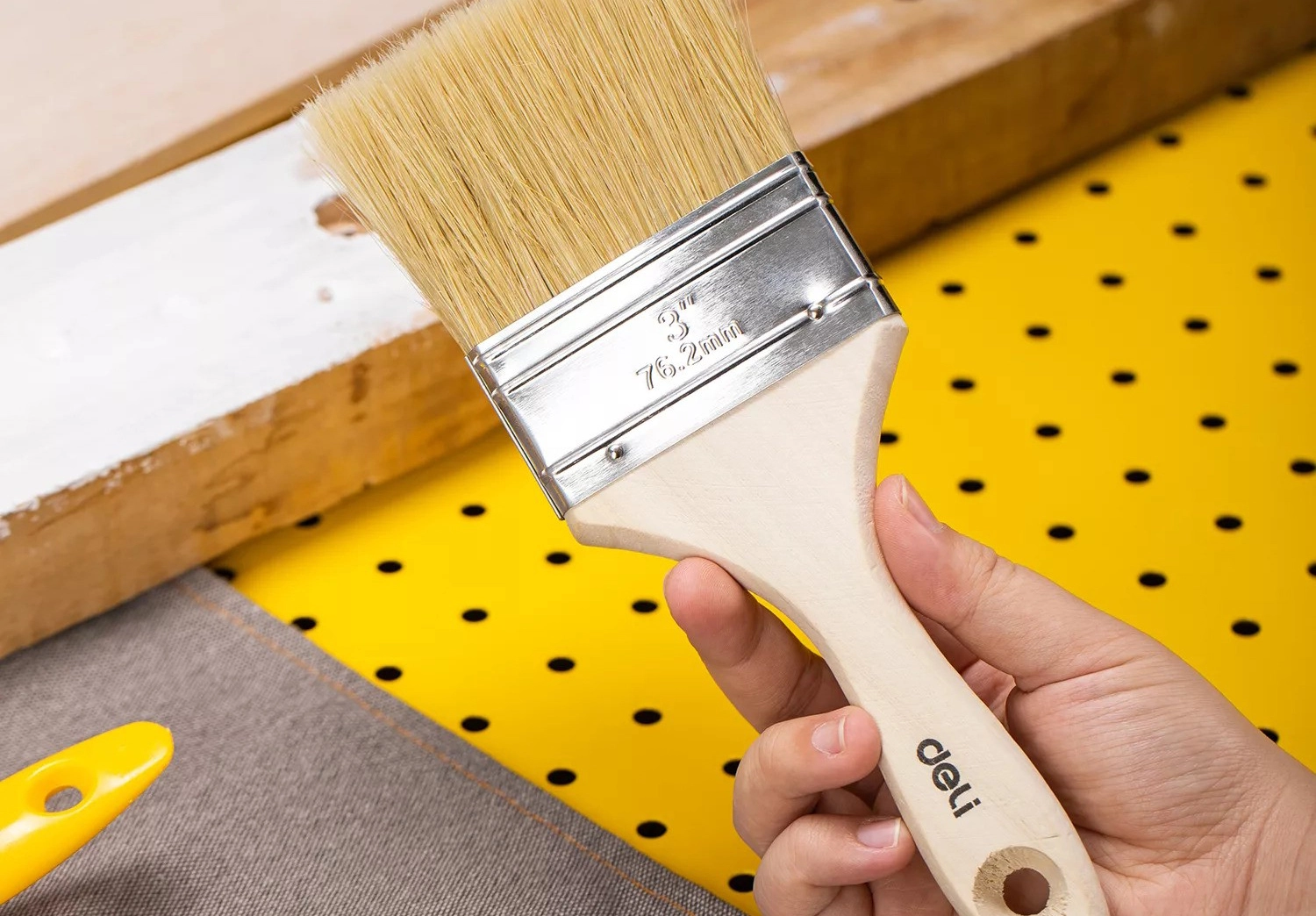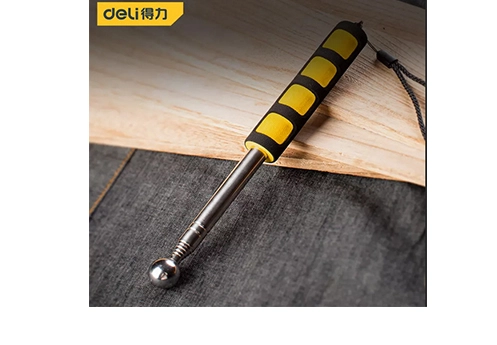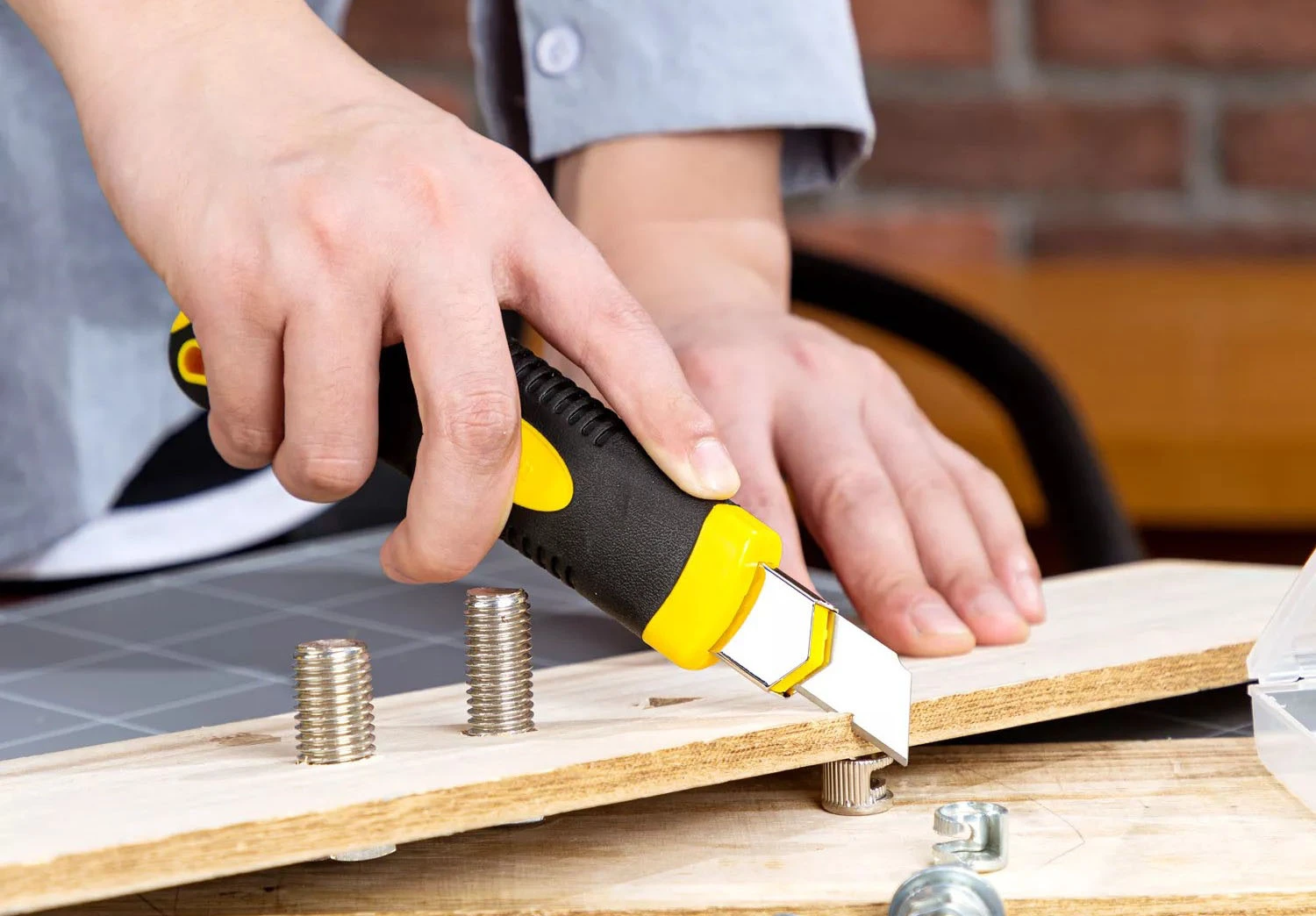Understanding the Basics of a Quality Ratchet
When it comes to selecting a ratchet that stands the test of time, understanding the fundamental features that contribute to its durability and functionality is crucial. A quality ratchet is defined not just by its brand or price tag but by its construction material, mechanism, and ergonomic design. Materials like high-grade steel or alloy are indicative of a ratchet's potential longevity, as they resist wear and corrosion effectively. Additionally, the type of drive mechanism—a fine tooth gear offers more precision and strength—is another critical factor to consider.
Assessing Your Needs and Application
Before diving into the vast sea of ratchet wrench supplier ratchet options, it's important to assess your specific needs. Whether you're a professional mechanic or a enthusiast will greatly influence the type of ratchet that's best for you. For heavy-duty applications, a larger drive size and robust build are essential. Conversely, for tight spaces and lighter tasks, a smaller drive size with a slim profile might be more suitable. Understanding the frequency of use and the nature of the tasks at hand can guide you toward a ratchet that not only lasts but also enhances your working efficiency.
Comparing Brands and Reviews
In the digital age, comparing brands and reading customer reviews has never been easier. While brand reputation can be a good indicator of quality, it's important to delve deeper into user experiences to gauge the reliability and durability of their ratchets. Look for consistent patterns in reviews that highlight a ratchet's longevity and performance under various conditions. Be wary of overly cheap options; investing in a slightly pricier ratchet from a reputable wrench manufacturer often pays off in the long run by avoiding frequent replacements.
Maintenance Tips for Extending Ratchet Life
Maintenance is key to ensuring your ratchet lasts as long as possible. Regular cleaning to remove dirt and grime, lubrication to keep the mechanism smooth, and proper storage to avoid environmental damage can significantly extend a ratchet's lifespan. Additionally, using the ratchet within its designed capacity and avoiding misuse prevents wear and potential breakage. Simple habits like wiping your ratchet down after use and periodically checking for signs of wear can make all the difference in its longevity.
Choosing a ratchet from Deli Tools Global that lasts requires a blend of informed decision-making, careful maintenance, and an understanding of your specific needs. By focusing on quality construction materials, appropriate size and type for your tasks, reputable brands with positive reviews, and committing to regular maintenance, you can ensure your ratchet not only performs excellently but also stands the test of time. Remember, a durable ratchet not only saves money in the long run but also provides a reliable tool that's ready whenever you are.

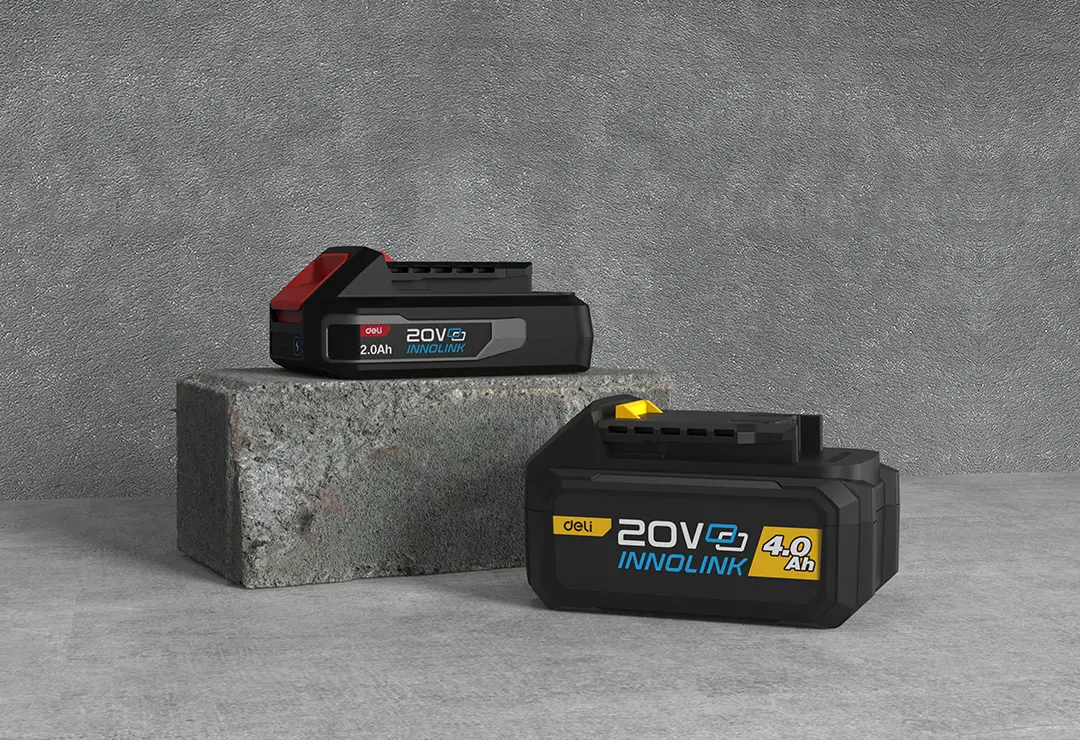
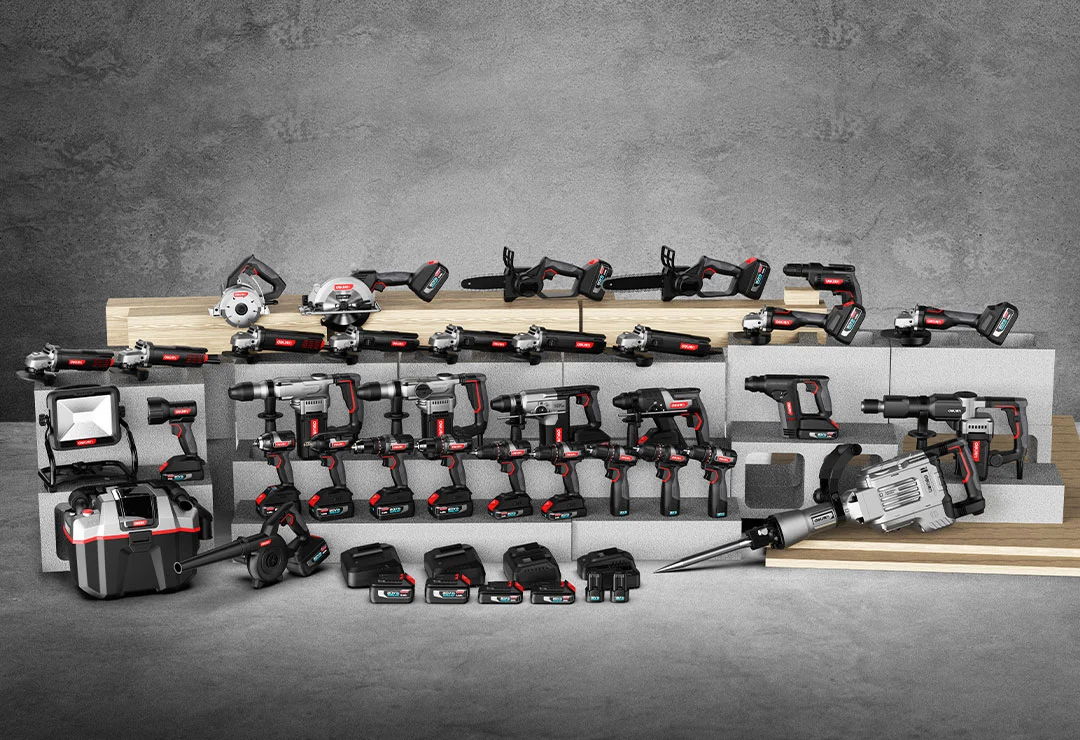
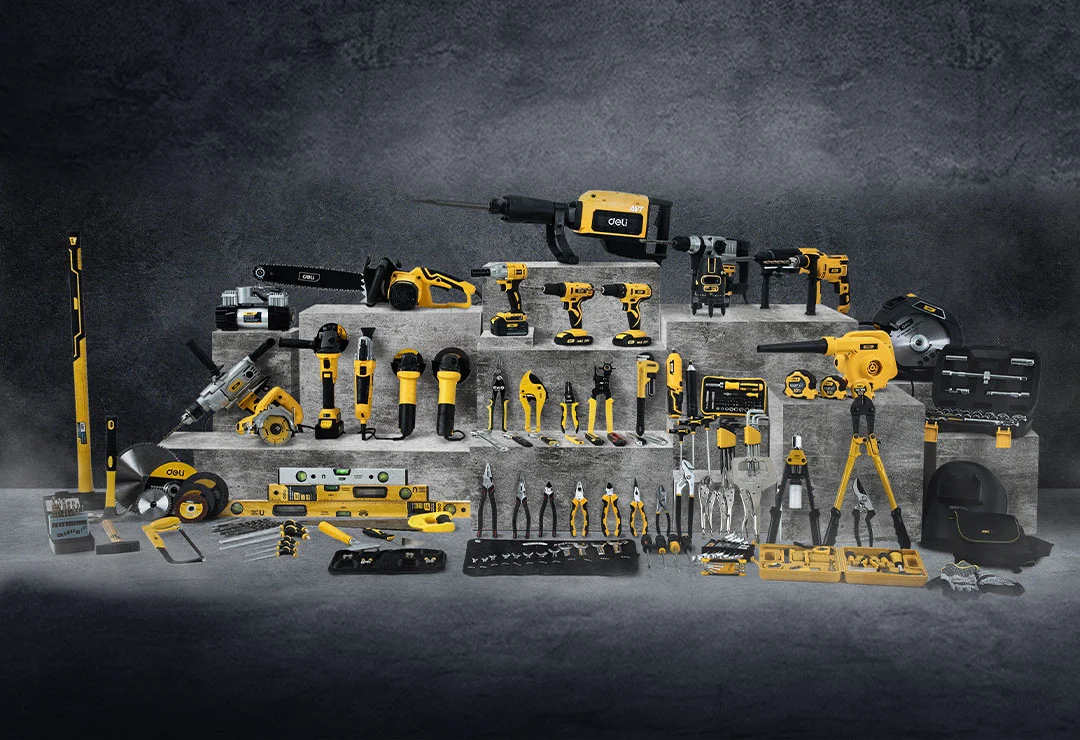
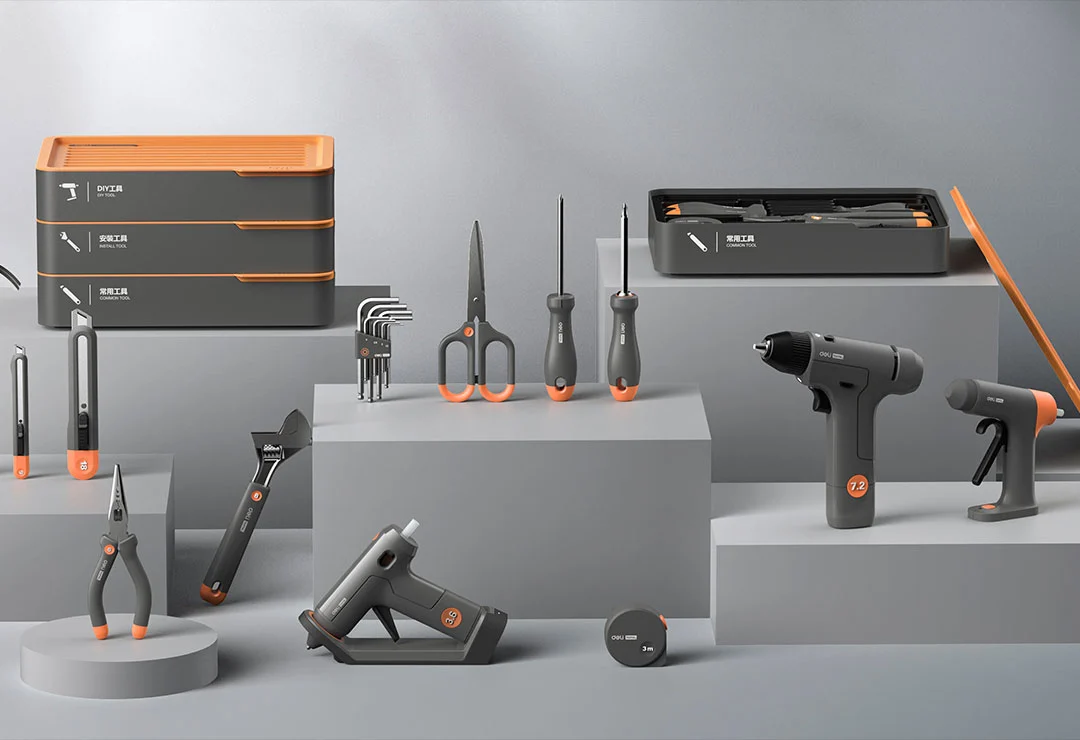
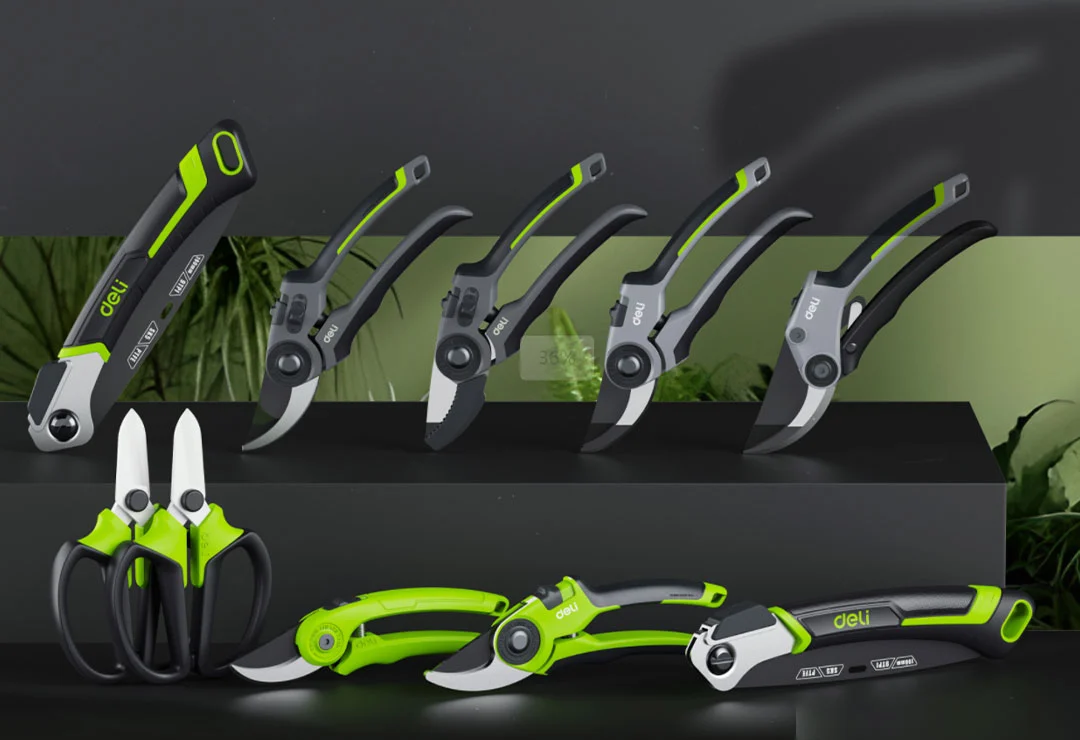
 EN
EN
 jp
jp  ko
ko  fr
fr  de
de  es
es  it
it  ru
ru  pt
pt  ar
ar  vi
vi  th
th  hi
hi  pl
pl  id
id  el
el 